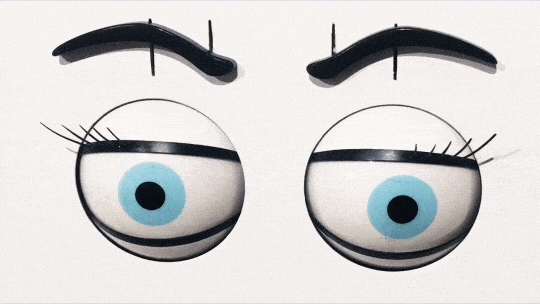I can has more reading week?
This week in the Creative Coding workshop we discussed and experimented with slit-scan photography. This was developed first by John Whitney for opening credits of the film Vertigo and then famously adapted by Douglas Trumbull for Stanley Kubrik's film, 2001: A Space Odyssey in 1968. Slit-scanning was used primarily for the "Star Gate" sequence and required a custom built machine. Douglas Trumball in the son of Donald Thrumball who created visual effects for the 1939 film The Wizrd of Oz and later for Star Wars. According to Wikipedia, Douglas Trumbull contributed to, or was responsible for, the special effects on 2001: A Space Odyssey, Close Encounters of the Third Kind, Star Trek: The Motion Picture, and Blade Runner.
I have read about slit-scan photography before never really understood it. When we explored it this week, I got a pretty good idea of the technique once we applied it by using the camera on our computers combined with openFrameworks. We took a line of video on the Y axis and sampled it in time from the cached frames in the buffer. You can take a line from an image on frame 1, the second line from frame 2, and so on until you have one image sampled from different frames. I'm still trying to wrap my head around slit-scanning to be honest which is amazing considering it is over fifty years old.
This week I finally made it to the South London Gallery to see Knock Knock: Humour in Contemporary Art. On the South London Gallery website, they write that the exhibition "explores the enduring use of humour as a device in contemporary art."
The show was curated by South London Gallery Director, Margot Heller in collaboration with English conceptual artist Ryan Gander and featured work by Maurizio Cattelan, Sarah Lucas, and Ugo Rondinone.
I am interested in the use of humour in any work as I feel the use of humour and satire disarms viewers and allows for lateral thinking. Once a participant is entertained or amused, they are more open to considering alternative points of view and new ideas. My favourite work by far, was a pair of animatronic eyes by Gander himself. These eyes were programmed to generate every expression that can be registered through the eyes, from boredom and worry to curiosity and surprise. It was hilarious to see eyes looking back at me - animated and expressive eyes - disembodied on a wall - watching me as I watched them. These eyes were simple, yet complicated - comic but not without underlying themes of figuration, identity, and existentialism.
